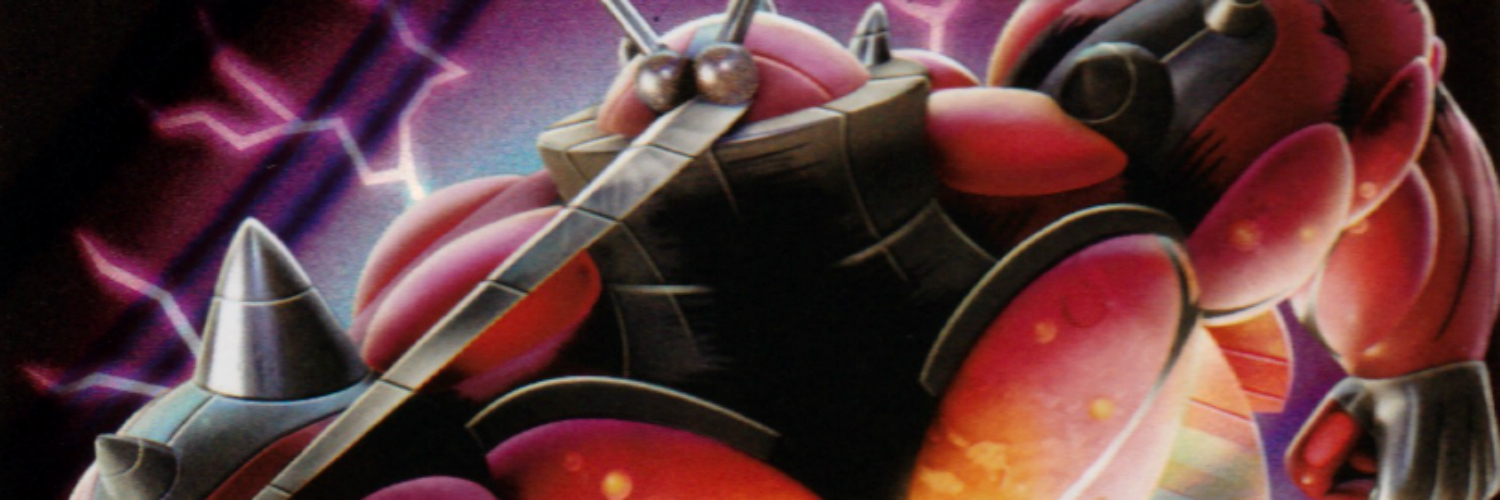Hello everyone! I’m Kiernan Wagner and I’m so excited to be back for my first Cut or Tap article in almost four years! Due to my local events being almost exclusively expanded and the way my schedule has worked out for larger events this year, I’ve been particularly focused on the format in juxtaposition with standard–a format I’ve played exactly one league cup in. Considering this, I’ve had a lot of time to observe the intricacies of the expanded format and how it tends to evolve as time goes on.
Very broadly, expanded seems to follow a fairly similar cycle: A broken deck does very strong things to win. Next, specific decks emerge to counter the deck while managing to remain degenerate enough to be successful in their own right. Finally, a deck or a small selection of decks that acknowledge the weaknesses that those counter decks exploit see play to success, until decks that are inherently more broken and usually assisted with new cards from new expansions emerge as the cycle begins again. From a broader perspective, bearing this rule in mind will tend to help one attempt to read the metagame for a given event. With the very recent release of the Sword and Shield expansion and the expanded Collinsville regional this upcoming weekend, the format looks to be ripe for both innovation and exploitation. Each of the decks that I’ll be rating for Collinsville will be placed in one of these categories based not on their place in the format, but specifically on their nature as decks, where I’ll address my feelings for those decks going into Collinsville as a whole, along with some of the weaknesses they may have and a few tech options to combat each of them.
The Broken:
Before beginning with the “broken” decks, it is important to address my definition of broken within this context; A broken deck is a deck that by nature is attempting to do something that is fairly linear, but always absurdly strong. Due to how linear these decks tend to be, they’re often exploitable by rather specific tech cards that are played in decks with direct consideration to these archetypes.
An easy place to start with this concept is with a new archetype from the set in Snorlax VMax. Snorlax is absurdly strong, boasting an egregious 340 HP and a damage cap of 300 before any damage modifiers. Given how strong an attack that can do three hundred damage is on paper, the deck cares to do little more than use that attack until it wins. Despite the strong qualities that Snorlax has, it is a vulnerable archetype. Three hundred damage tends to be overkill on some of the harder-hitting one prize attackers in expanded, and a lot of those attackers are generally able to two shot a Snorlax VMax to create a favorable trade. Additionally, the plethora of fighting type options in expanded allow many decks to hit it for weakness easily, while broadly covering other popular decks–such as turbo dark–with type advantage. Moreover, the deck has a reliance upon triple boost energy, which makes it particularly susceptible to cards like Noivern-GX. Considering all factors, I really could not fault someone for opting to play Snorlax to Collinsville, but the linearity of the deck dissuades me from playing it.
Another suitable deck from the realm of “broken” is the Trevenant & Dusknoir-GX/Milotic FLF deck. The deck is incredibly strong within its own right with a simple goal of leaving the opponent with no hand, and winning the game before they draw a live card. Historically, hand-lock decks have been some of the most powerful, but most hated, decks in the game. To me, the existence of this deck speaks volumes to the constant battleground that is maintaining expanded; even when going to extreme lengths to ban inherently unhealthy cards, the format will never be without some sort of unhealthy concept based simply on the fact that expanded contains nine years of cards—most of which weren’t ever created with the intention to interact with each other. Be that as it may, Trevnoir feels far more counter-able than the likes of combos of the past, involving things like Red Card and Delinquent, and Sword and Shield base set brought us a very strong way to combat it naturally in the ‘new’ tool card Lucky Egg. While Lucky Egg is a more direct counter to the resulting one-card hand after Trevenant & Dusknoir-GX attacks, the nature of the deck’s engine allows for more abstract counter-measures to exist as well. Since Trevnoir is incredibly reliant on the abilities of draw pokemon like Shaymin-EX to find their combo, and Milotic FLF to start attacking, Wobbuffet PHF severely impedes Trevnoir’s means of executing its strategy. Additionally, the fast-paced nature of the deck’s engine leads it to be rather weak to the various item locking options available within the format. Despite the fact Trevnoir has the ability to retain complete control over any given game, its inability to delineate from a predictable and apprehendable strategy leads me to be far more interested in beating this deck than playing it to Collinsville–though I’d say it’s more likely I would play a deck like this, compared to a deck like Snorlax VMax.
 You must have a Stage 2 Membership or greater to see the rest of this post. If you don't have a Stage 2 account, you can Sign Up for one here.
You must have a Stage 2 Membership or greater to see the rest of this post. If you don't have a Stage 2 account, you can Sign Up for one here.
